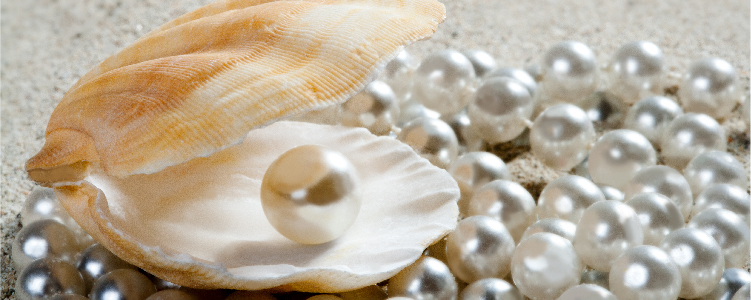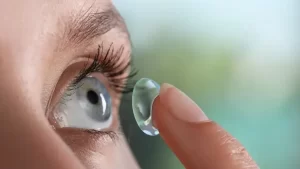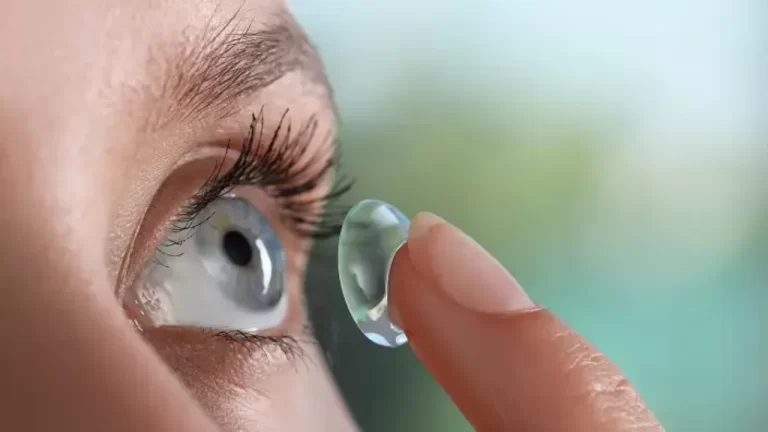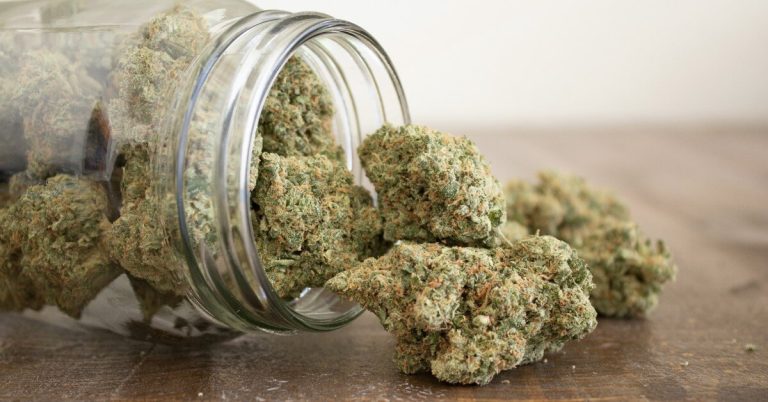Pearls are the least understood gems in the world, but every woman wants to have pearl jewelry in her collection. What one must know is that pearl quality is determined through its source, the manner in which it is formed, and other quality-determining factors. When you shop for pearl jewelry, you must look for a professional pearl jeweler like the https://pearlsofaustralia.com.au, whose expertise is to determine quality pearls based on your budget.
What’s Real and What’s Fake?
Real pearls are samples of magical wonders given by nature. A pearl is formed when an irritant is able to enter a mollusk’s shell. As a form of defense, the mollusk may produce layers of fluid to surround the irritant. The entire process may take 5 to 10 years, resulting in the beautiful and luminous beads that we all know as pearls.
Natural Pearls
These are those that are organically formed by nature. These are rare with only a few found in the market.

Cultured Pearls
Most of the pearls found in the market today are cultured. This process of culturing goes back to the 19th century. Cultured pearls are formed organically like natural pearls; that’s why they are also considered as real pearls. The difference is that in cultured pearls the irritant is surgically put into the mollusk and these are protected in pearl farms as the pearls go through the development process.
Factors of Pearl Quality
Pearls are primarily classified based on origin; then they are graded based on shape, luster, color, nacre thickness, size, how they match, and also surface clarity. To find more about this, this site has more to tell you https://pearlsofaustralia.com.au/.
Shape
Cultured pearls are grown by oysters and they are exposed to all forces of nature. It is rare to find a pearl in a perfect round shape, but it is usually considered as the most valuable of them. What is commonly found in the market today is the imperfectly round pearls known as baroque pearls.
Color
Pearl color is all a matter of preference. Silver/white or rose pearls look fairly well on skin tones while the cream and gold-colored cultured pearls are great for darker complexions.
Luster
The luster of a top-quality cultured pearl must be bright and not dull at all. This is caused by the combination of surface brilliance and an in-depth glow. You must be able to see your reflection on the surface of a cultured pearl. A low-quality pearl is usually dull and chalky on the surface.
Surface
Cleanliness of the pearl’s surface means the absence of spots, bumps, or cracks. A cultured pearl that has a clean surface is considered higher quality than one that has cracks, bumps, or spots.
Size
An average cultured pearl measures between 7 and 7 1/2 millimeters. In general, the larger the pearl is, the more value it has.









